
In the competitive landscape of manufacturing, optimizing injection molding tooling efficiency has become a critical factor for achieving operational excellence and cost-effectiveness. According to a report by Mordor Intelligence, the global injection molding market is projected to reach $325 billion by 2025, driven primarily by the automotive and consumer goods sectors. As manufacturers strive to enhance product quality and reduce lead times, attention to injection molding tooling efficiency can yield significant benefits, including lower material waste and expedited production cycles. Furthermore, a survey conducted by Plastics Technology found that companies that implement best practices in tooling maintenance and design can see productivity improvements of up to 30%. This blog will explore five best practices that can significantly enhance injection molding tooling efficiency, providing insights to help manufacturers stay ahead in a rapidly evolving industry.
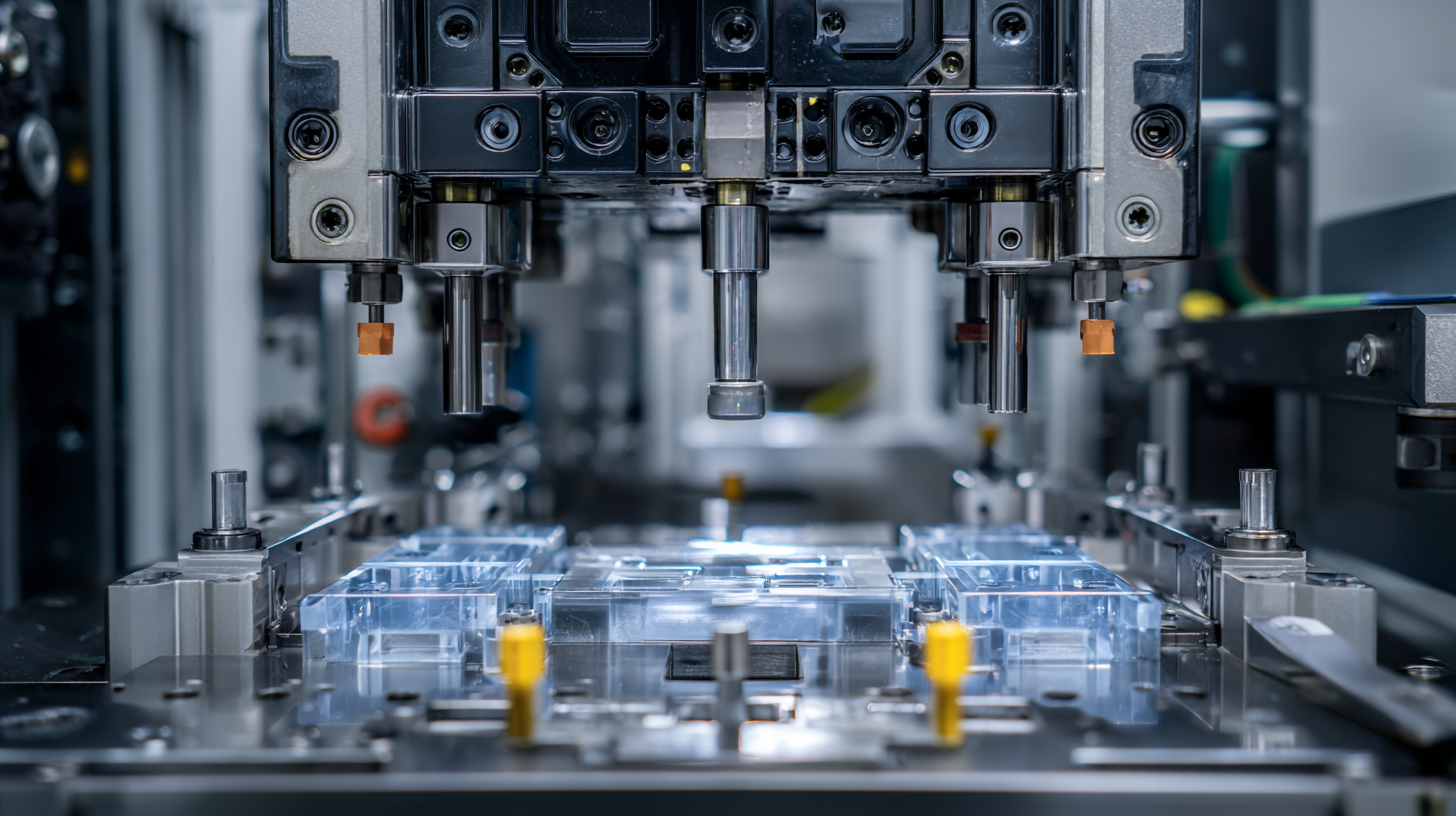
When it comes to optimizing injection molding tooling efficiency, a careful evaluation of design considerations is crucial. One of the primary factors to assess is the geometry of the mold itself. Complex shapes may require intricate tooling, which can increase lead times and costs. Simplifying the design while maintaining functionality can significantly enhance efficiency. Utilizing features such as uniform wall thickness and draft angles can facilitate easier mold release and reduce cycle times, ultimately streamlining the manufacturing process.
Another important consideration is the selection of materials for both the mold and the injected products. Choosing the right materials can affect thermal conductivity and wear resistance, impacting the longevity and performance of the tooling. Additionally, incorporating advanced cooling channels into the mold design aids in regulating temperatures more effectively, further improving cycle times and product quality. By strategically focusing on these design aspects, manufacturers can enhance their tooling efficiency, leading to reduced downtime and increased productivity in the injection molding process.
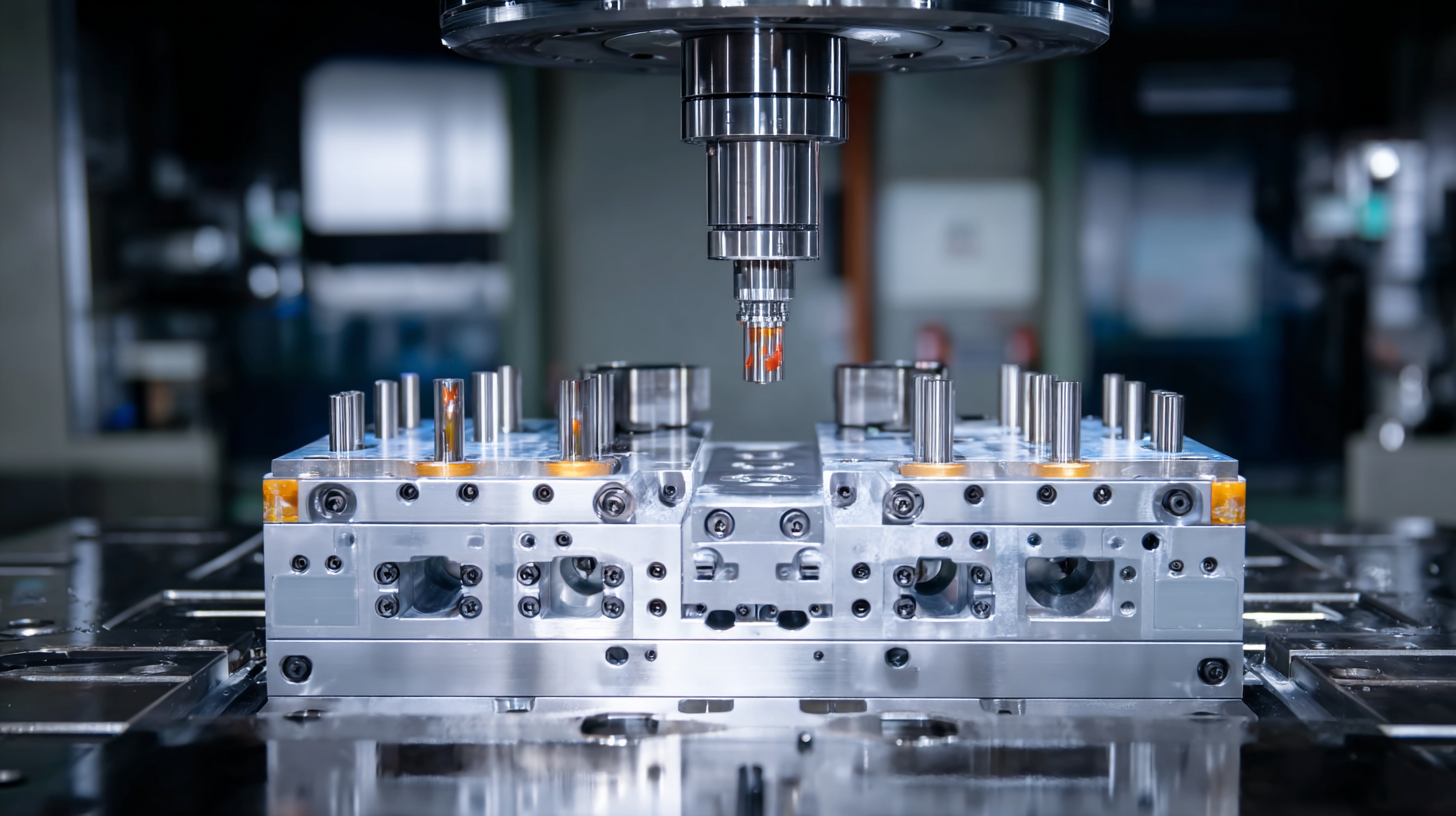
In the ever-evolving field of manufacturing, the choice of materials plays a pivotal role in optimizing injection molding tooling efficiency. Advanced materials, such as high-performance plastics and composites, are increasingly being adopted due to their superior thermal and mechanical properties. According to a report by the American Society for Testing and Materials (ASTM), these modern materials can enhance tool life by up to 30%, significantly reducing downtime and production costs.
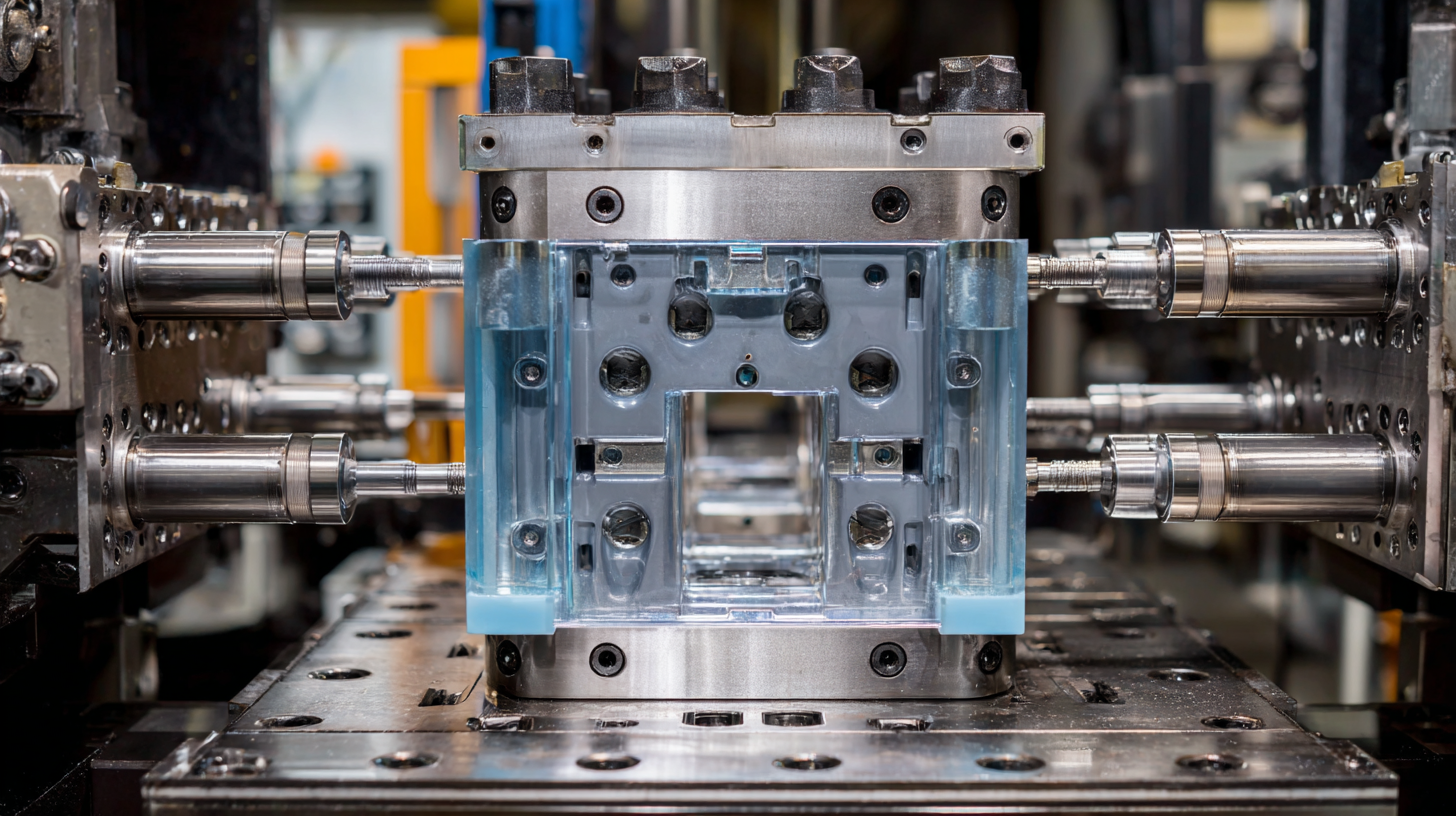
Tip: When selecting materials, consider their compatibility with both the molded product and the injection molding process. Materials like Ultem and PEEK not only boast high strength but also withstand higher processing temperatures, ensuring that the tooling retains its integrity over extended production runs.
Furthermore, incorporating innovative materials can lead to weight reduction in tooling, which enhances energy efficiency during the manufacturing process. A study published in the Journal of Materials Engineering revealed that using lighter materials in molds decreased energy consumption by approximately 15%.
Tip: Regularly evaluate and update your materials inventory to include the latest advancements. Collaborating with material suppliers can provide insights into upcoming innovations that may further boost your efficiency in injection molding operations.
In the world of injection molding, the efficiency of tooling production can significantly impact overall manufacturing performance. Leveraging automation and technology emerges as a crucial strategy in optimizing this process. Automated systems, including robotic arms and intelligent software, enhance precision and speed, reducing the time taken for tooling setup and adjustments. By integrating these systems, manufacturers can achieve consistent results with minimal human error, which is vital for high-volume production runs.
Moreover, the adoption of advanced technologies such as 3D printing and simulation software plays a pivotal role in refining tooling processes. 3D printing allows for rapid prototyping of tooling designs, enabling quicker iterations and faster feedback loops during development. On the other hand, simulation tools can predict how tooling will perform under various conditions, helping manufacturers to identify potential design flaws early in the process. This proactive approach not only saves time but also reduces costs associated with material waste and rework, paving the way for a more efficient manufacturing environment.
| Practice | Description | Benefits | Technologies Involved |
|---|---|---|---|
| Implementing CAD/CAM Systems | Utilize computer-aided design and manufacturing tools for precision design. | Increased design accuracy and reduced lead times. | CAD, CAM |
| Automation of Processes | Automate repetitive tasks in tooling to minimize human error. | Enhanced efficiency and better resource allocation. | Robotics, IoT |
| Utilizing Advanced Materials | Select newer, lighter materials for tooling production. | Improved tool performance and longevity. | 3D Printing, Composite Materials |
| Regular Maintenance and Monitoring | Consistent check-ups to ensure tools are in optimal condition. | Reduced downtime and extended tool life. | Predictive Maintenance Software |
| Data-Driven Decision Making | Leverage data analytics to inform tooling strategies. | Better forecasting and improved operational strategies. | Big Data, Machine Learning |
Regular maintenance of injection molding tooling is crucial for maximizing the lifespan and efficiency of manufacturing processes. By conducting scheduled inspections and servicing, manufacturers can identify and address potential issues before they escalate into significant problems. This practice not only ensures the longevity of the tools but also enhances the overall productivity of the production line. By investing time and resources into proper maintenance, businesses can reduce downtime, resulting in a more consistent output and better quality products.
Moreover, regular upkeep helps in maintaining precise tolerances and finishes, which are vital in injection molding. Over time, wear and tear can affect the accuracy of the tooling, leading to defects and increased scrap rates. Implementing a rigorous maintenance schedule not only minimizes such risks but also optimizes the performance of the entire injection molding system. This proactive approach ultimately leads to cost savings and a more reliable manufacturing operation, providing manufacturers with a competitive edge in today's fast-paced market.
Effective communication and streamlined workflows are vital for optimizing injection molding tooling efficiency in manufacturing.
According to a report by the Manufacturing Institute, companies that actively enhance communication among production teams tend to see an increase in productivity by up to 25%.
This improvement is often attributed to the reduction of misunderstandings and misalignments that can slow down production cycles.
Establishing clear channels for feedback and regular updates ensures that any issues can be addressed promptly, paving the way for smoother operations.
Furthermore, integrating advanced manufacturing technologies such as IoT devices can play a significant role in facilitating real-time communication.
A study by McKinsey reported that plants utilizing IoT-enabled systems experienced a 10-20% increase in efficiency.
By harnessing data analytics, teams can track production metrics, identify bottlenecks, and recalibrate workflows without delay.
Ensuring that all team members are trained on these technologies not only fosters collaboration but also empowers workers to contribute actively to process improvements, ultimately enhancing tooling efficiency in injection molding.
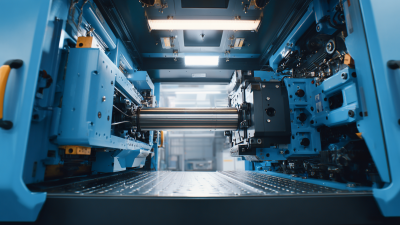
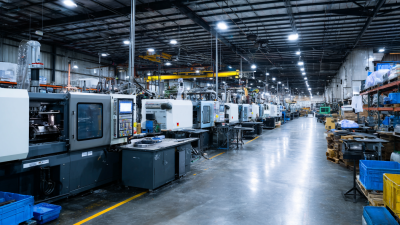

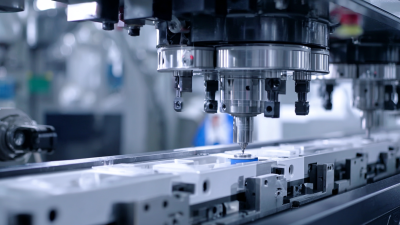
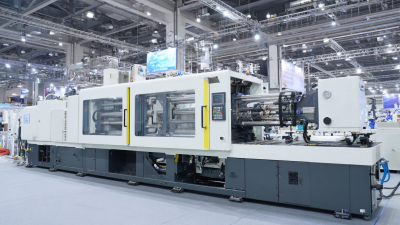

Copyright © 2025 The Toolroom Inc. All Rights Reserved.
Website Design St Louis by IQComputing